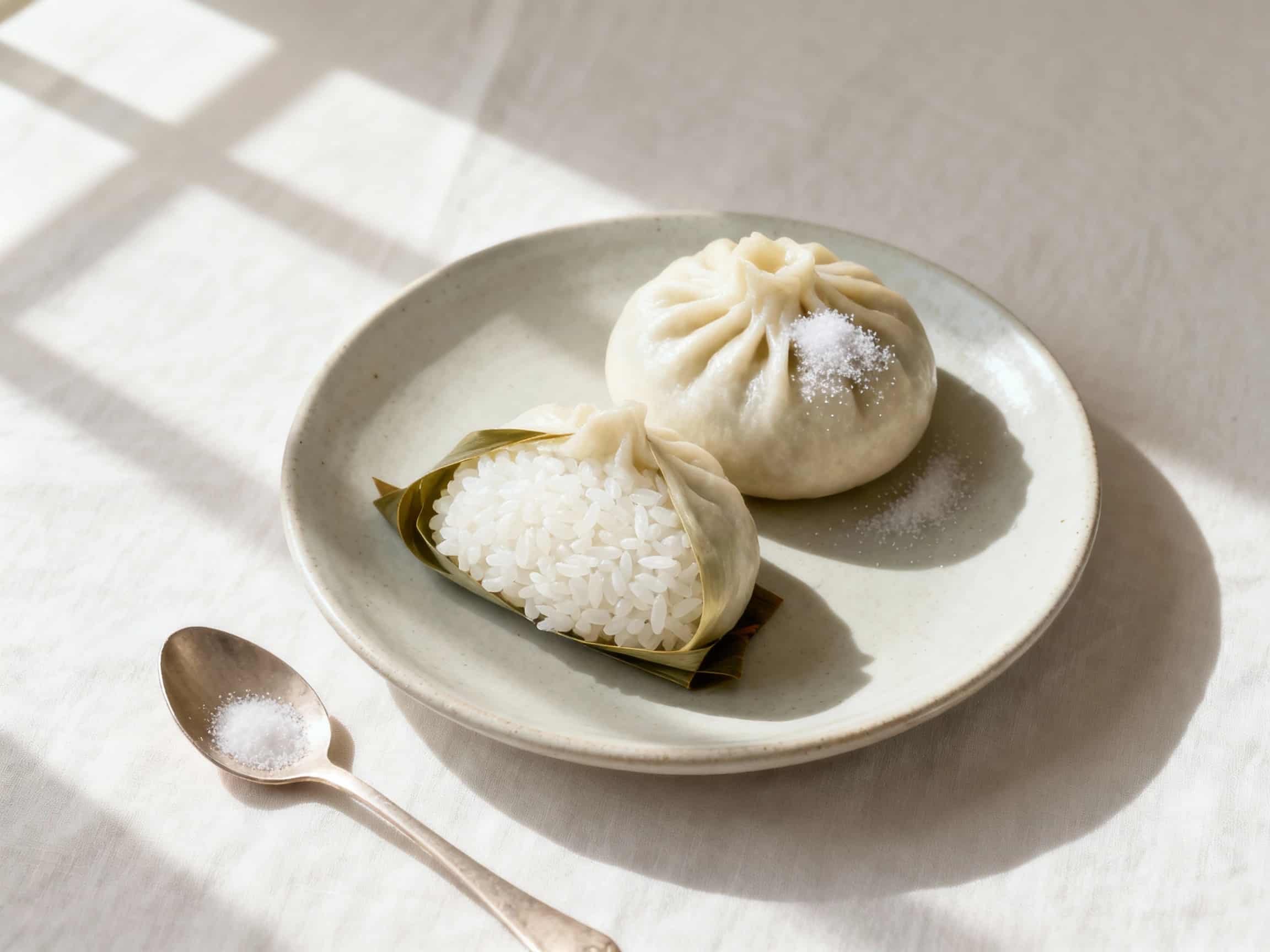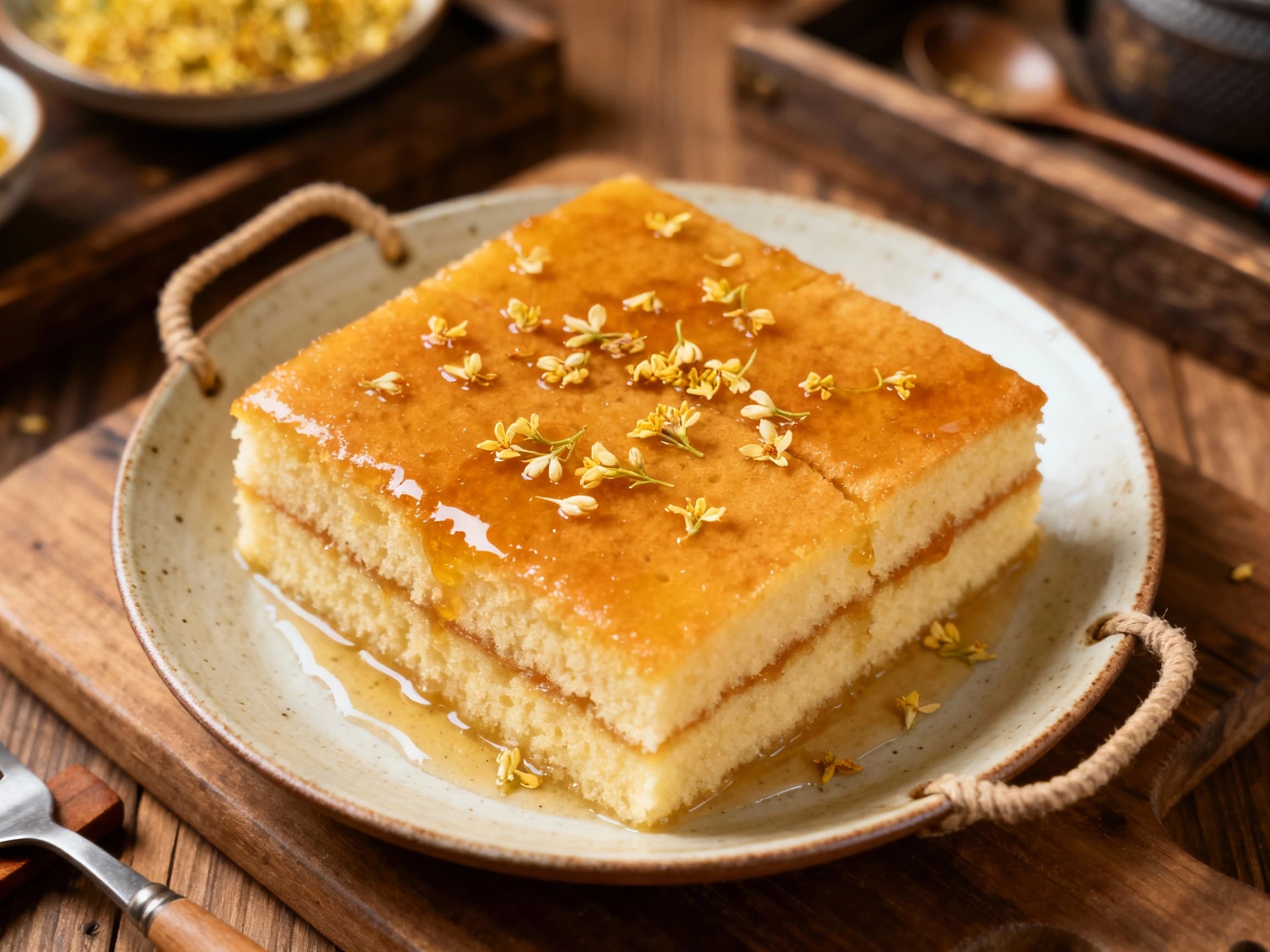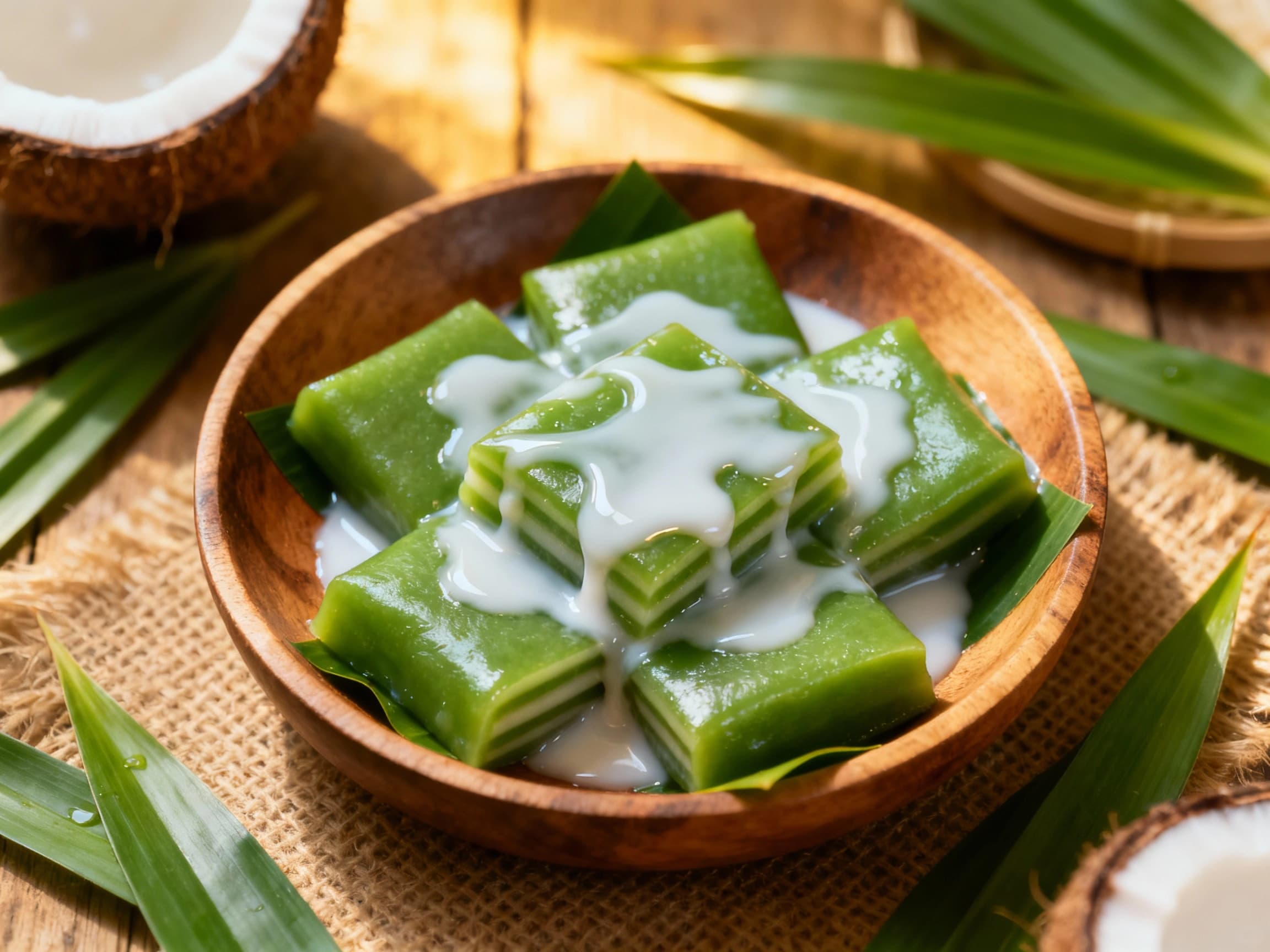
Bai Zao
白棕
- Country
- China
- Region
- Zhejiang
- Recipes
- 3 Recipes
Dish information
Bai Zao, translating to 'white zongzi' or 'plain zongzi', is a simplified yet delightful variation of the traditional zhongzi, originating from the Zhejiang province of China. Unlike its filled counterparts, Bai Zao consists solely of glutinous rice, meticulously wrapped in leaves to preserve its delicate aroma during cooking. The beauty of Bai Zao lies in its simplicity and versatility. Unadorned by savory or sweet fillings, it serves as a perfect canvas for a variety of accompaniments. Traditionally, it is served warm and often enjoyed with a dusting of sugar, a drizzle of honey, or sometimes even a light soy sauce. This allows the eater to customize the flavor profile to their preference. Its origins are rooted in the necessity for quick and easily prepared food, particularly during busy farming seasons or as a simple breakfast option. Zhejiang province, known for its fertile rice paddies and refined culinary traditions, has perfected the art of making Bai Zao, emphasizing the quality of the glutinous rice and the choice of fragrant leaves, often bamboo or reed. While it shares the same festival associations as other zhongzi, particularly the Dragon Boat Festival, Bai Zao also stands on its own as a comforting and accessible treat, reflecting a less is more approach to culinary perfection. Its subtle sweetness and chewy texture make it a favorite for those who appreciate the pure taste of rice.
Timeline
Simple preparations of sticky rice wrapped in leaves become common in Zhejiang agricultural communities.
Local Zhejiang cookbooks mention 'plain zongzi' as a staple breakfast item.
The practice of serving Bai Zao with sugar or honey becomes a popular custom in Hangzhou.
Bai Zao gains popularity as a portable snack for travelers and students.
Modern processing techniques make Bai Zao more widely available year-round.
Bai Zao is recognized for its role in traditional Zhejiang cuisine and becomes a sought-after delicacy.


